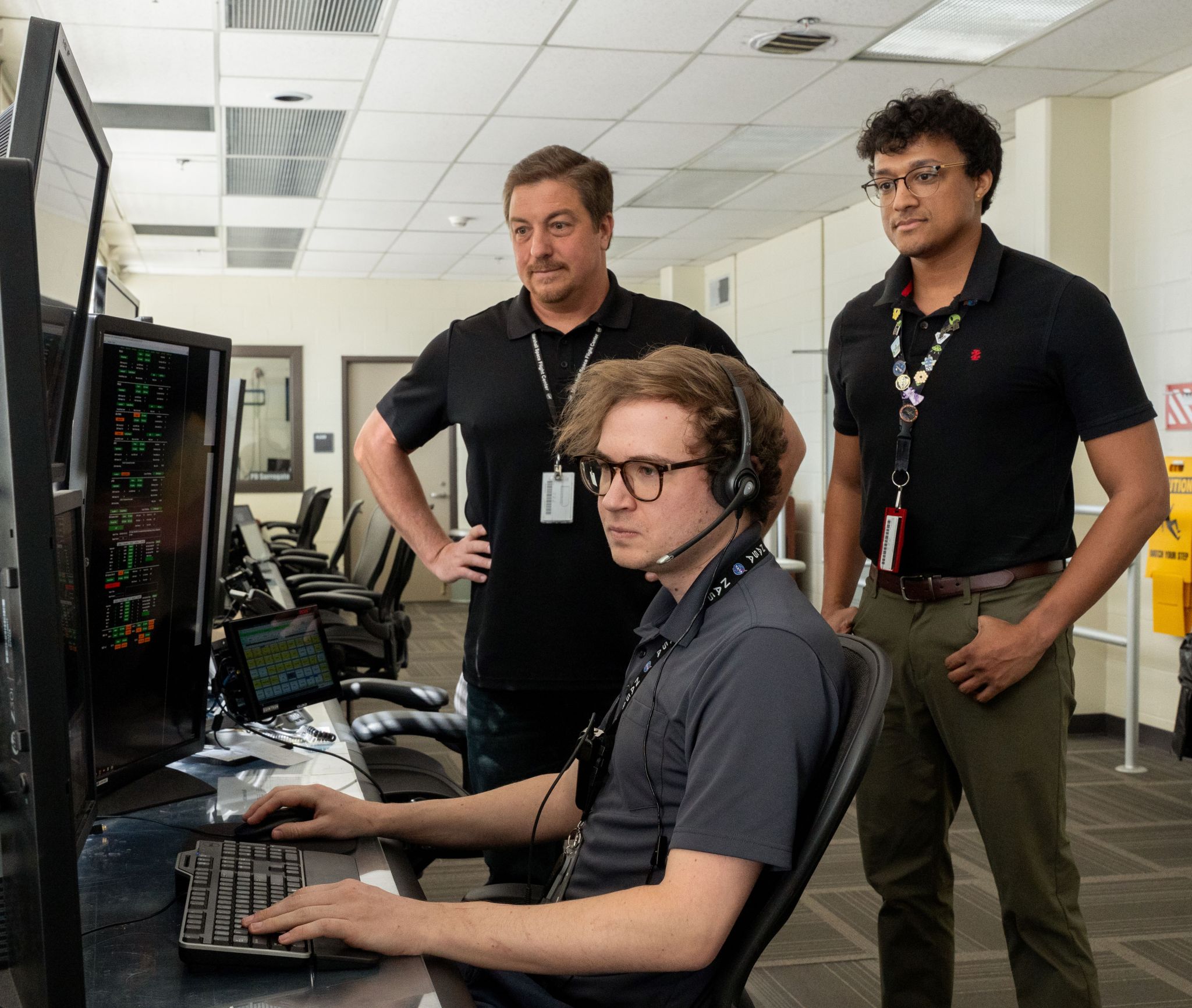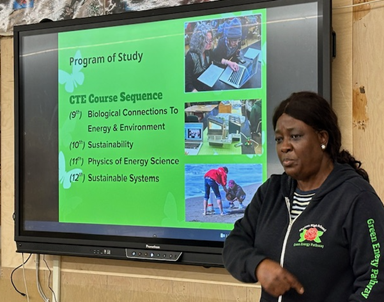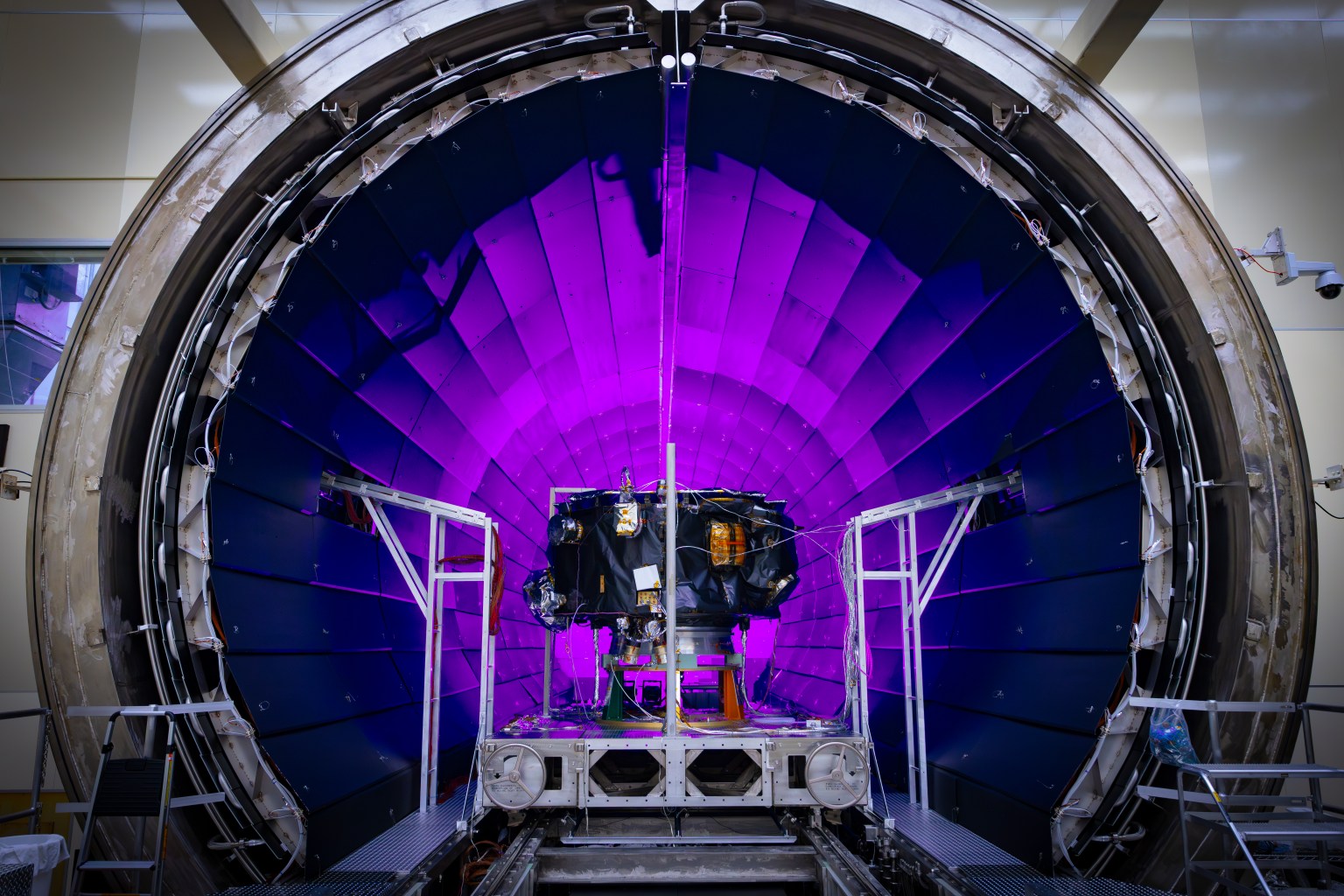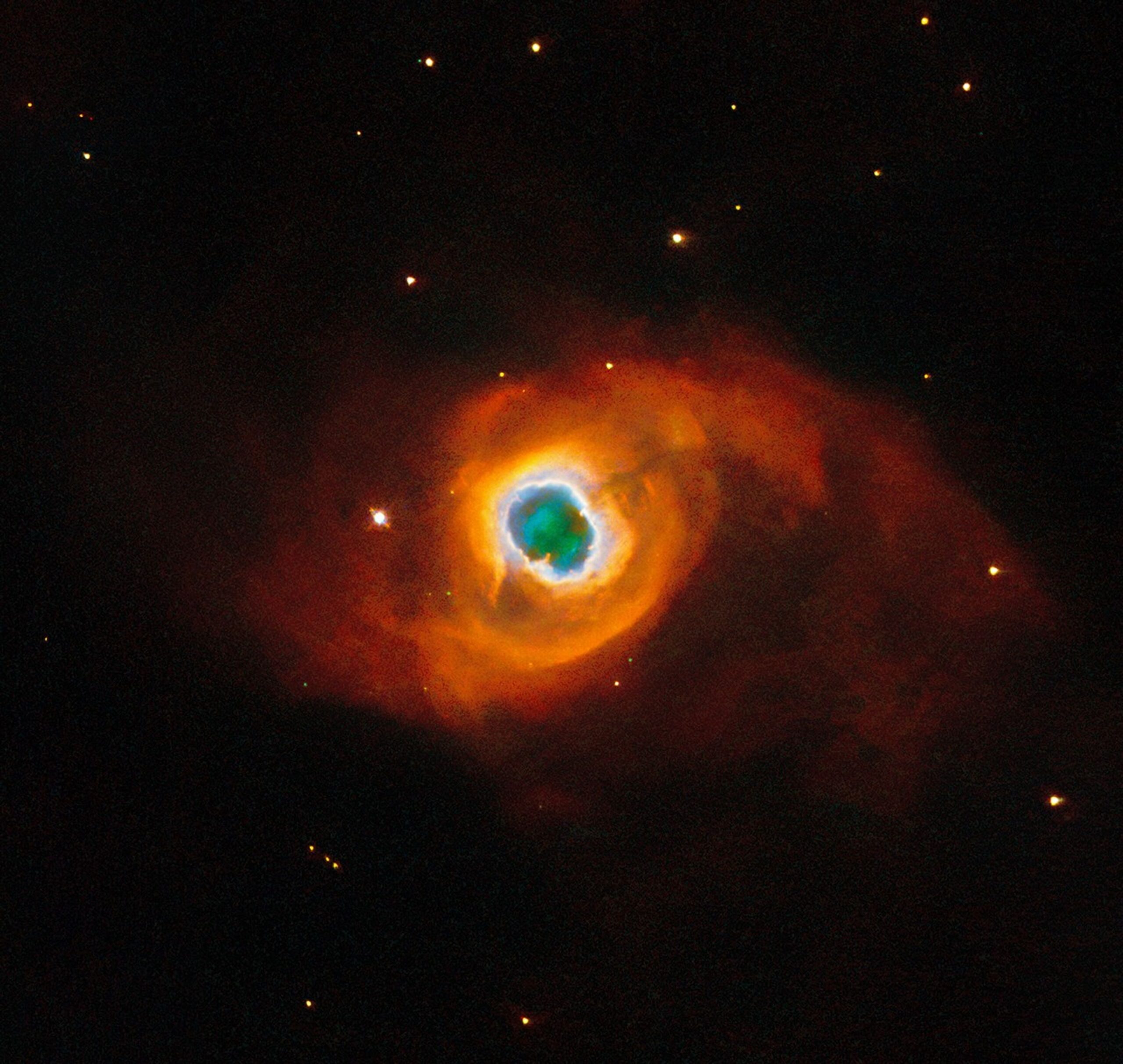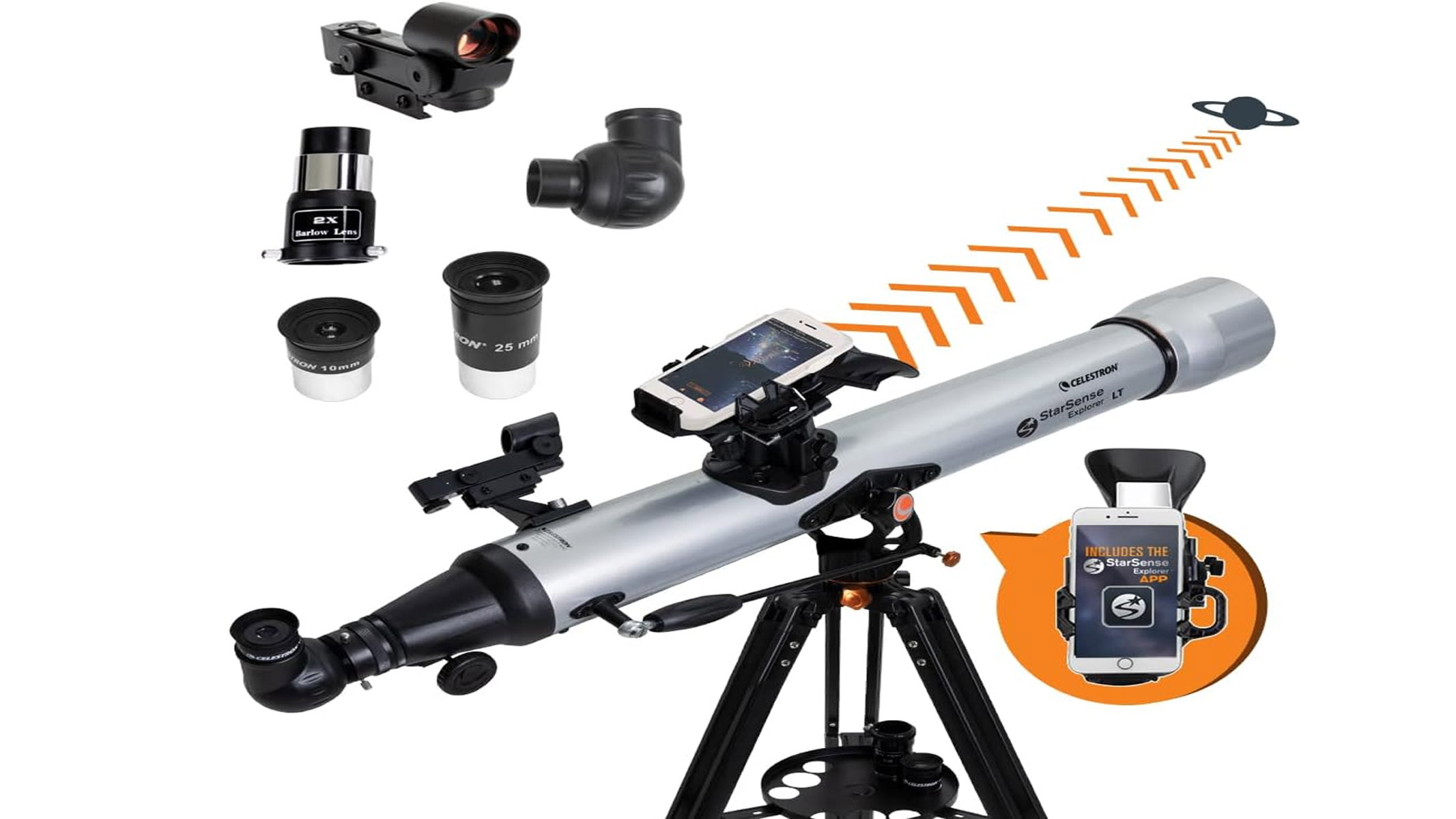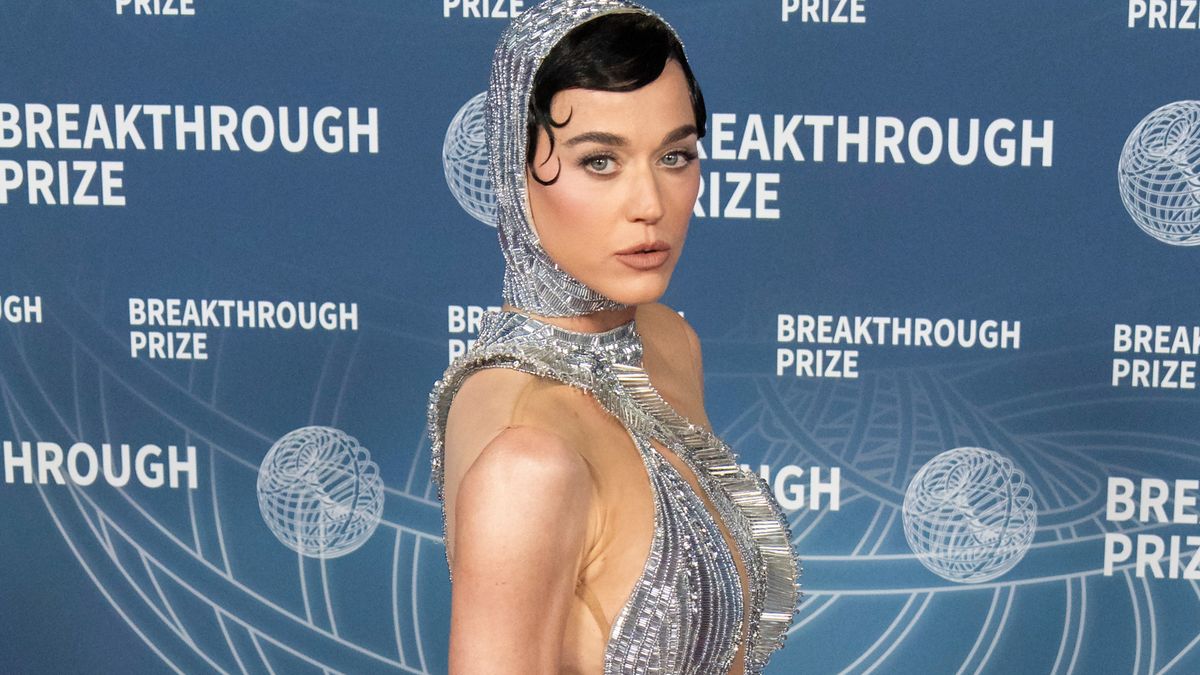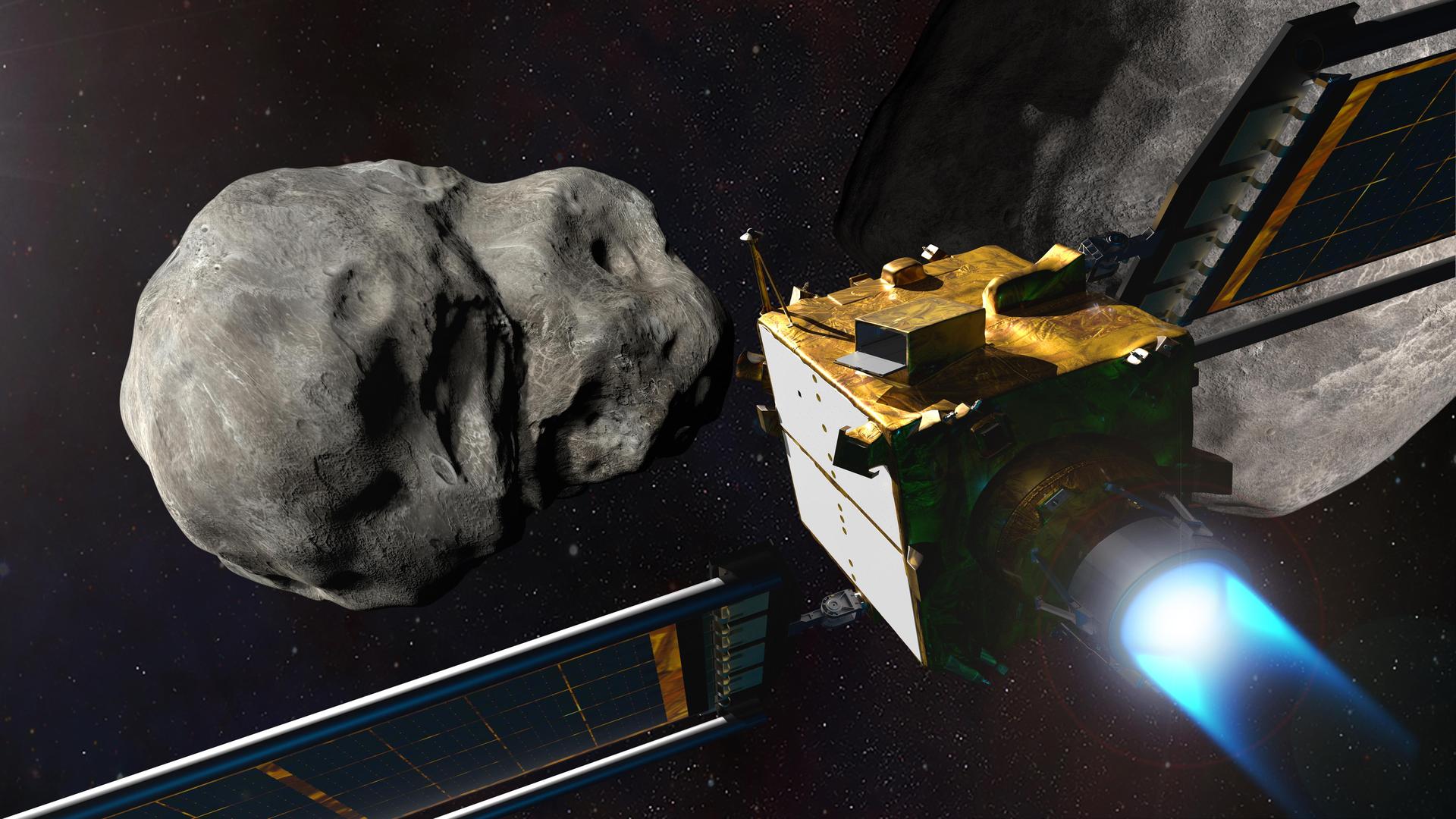Aurora chasers and night sky enthusiasts get ready – the stars could align for you to have quite the cosmic show this weekend! We already told you that this month’s Full Pink ‘micromoon’ is scheduled to rise on Saturday (April 12), getting to its fullest point at 8:22 p.m. EDT (0022 GMT April 13). If you’re not familiar, unlike the powerful and larger-than-life supermoon that we will get to experience later this year, a micromoon is actually the opposite. This is when the moon will be located the farthest away…
Read MoreAuthor: NeRD
NASA-Developed Tools at Marshall Support Operations to Space Station
3 min read Preparations for Next Moonwalk Simulations Underway (and Underwater) From left, Ramon Pedoto, Nathan Walkenhorst, and Tyrell Jemison review information at NASA’s Marshall Space Flight Center in Huntsville, Alabama. The three team members developed new automation tools at Marshall for flight controllers working with the International Space Station (Credit: NASA/Tyrell Jemison Two new automation tools developed at NASA’s Marshall Space Flight Center in Huntsville, Alabama, are geared toward improving operations for flight controllers working with the International Space Station from the Huntsville Operations Support Center. The tools, called…
Read MoreGLOBE Mission Earth Supports Career Technical Education
Explore This Section Science Science Activation GLOBE Mission Earth Supports… Overview Learning Resources Science Activation Teams SME Map Opportunities More Science Activation Stories Citizen Science 4 min read GLOBE Mission Earth Supports Career Technical Education The NASA Science Activation program’s GLOBE Mission EARTH (GME) project is forging powerful connections between career technical education (CTE) programs and real-world science, inspiring students across the United States to pursue careers in Science, Technology, Engineering, and Mathematics (STEM). GME is a collaborative effort between NASA scientists, educators, and schools that brings NASA Earth…
Read MoreApollo 13 Launch: 55 Years Ago
NASA astronauts Jim Lovell, Fred Haise, and Jack Swigert launch aboard the Apollo 13 spacecraft from NASA’s Kennedy Space Center in Florida on April 11, 1970.
Read MoreNASA’s IMAP Arrives at NASA Marshall For Testing in XRCF
3 Min Read NASA’s IMAP Arrives at NASA Marshall For Testing in XRCF On March 18, NASA’s IMAP (Interstellar Mapping and Acceleration Probe) arrived at NASA’s Marshall Space Flight Center in Huntsville, Alabama, for thermal vacuum testing at the X-ray and Cryogenic Facility, which simulates the harsh conditions of space. The IMAP mission is a modern-day celestial cartographer that will map the solar system by studying the heliosphere, a giant bubble created by the Sun’s solar wind that surrounds our solar system and protects it from harmful interstellar radiation. To view…
Read MoreHubble Captures a Star’s Swan Song
Explore Hubble Hubble Home Overview About Hubble The History of Hubble Hubble Timeline Why Have a Telescope in Space? Hubble by the Numbers At the Museum FAQs Impact & Benefits Hubble’s Impact & Benefits Science Impacts Cultural Impact Technology Benefits Impact on Human Spaceflight Astro Community Impacts Science Hubble Science Science Themes Science Highlights Science Behind Discoveries Hubble’s Partners in Science Universe Uncovered Explore the Night Sky Observatory Hubble Observatory Hubble Design Mission Operations Missions to Hubble Hubble vs Webb Team Hubble Team Career Aspirations Hubble Astronauts News Hubble News…
Read MoreNASA spacecraft spots monster black hole bursting with X-rays ‘releasing a hundred times more energy than we have seen elsewhere’
We’ve all woken up in a terrible mood from time to time, but a newly observed monster black hole is really having a bad day. The previously inactive supermassive black hole at the heart of the galaxy SDSS1335+0728, located about 300 million light-years away from us, was seen erupting with the longest and most powerful X-ray blasts ever seen from such a cosmic titan. This active phase marks the start of the supermassive black hole devouring matter around it and erupting with short-lived flaring events called quasiperiodic eruptions (QPEs). The…
Read MoreSave a massive 30% on the Celestron StarSense Explorer LT 80AZ, a top-tier beginner telescope
If you’re looking to try your hand at astronomy, or you want a small telescope with a quality build to view upcoming night sky events, like the Lyrid Meteor Shower, then you might want to consider getting 30% off the Celestron StarSense Explorer LT 80AZ. Save 30% on the Celestron StarSense Explorer LT 80Z when you grab it from Amazon and apply the extra $10 coupon. A 30% discount equates to a saving of $70 and that’s ideal for those looking for a top-tier beginner telescope and to start off…
Read MoreBlue Origin’s all-female spaceflight urges women to shoot for the stars — but astronaut memoirs reveal the cost of being exceptional
This article was originally published at The Conversation. The publication contributed the article to Space.com’s Expert Voices: Op-Ed & Insights. Jasleen Chana is a PhD candidate at UCL in the department of Science and Technology Studies. For the first time since Russian cosmonaut Valentina Tereshkova’s solo flight in 1963, a spacecraft will fly with only women aboard. Blue Origin’s all-female spaceflight crew, which includes pop star Katy Perry, is set to take off this spring. You may like Jeff Bezos’ crew is assembled from successful and well-known women, also including…
Read MoreHow NASA Science Data Defends Earth from Asteroids
5 min read How NASA Science Data Defends Earth from Asteroids Artist’s impression of NASA’s DART mission, which collided with the asteroid Dimorphos in 2022 to test planetary defense techniques. Open science data practices help researchers identify asteroids that pose a hazard to Earth, opening the possibility for deflection should an impact threat be identified. NASA/Johns Hopkins APL/Steve Gribben The asteroid 2024 YR4 made headlines in February with the news that it had a chance of hitting Earth on Dec. 22, 2032, as determined by an analysis from NASA’s Center…
Read More
